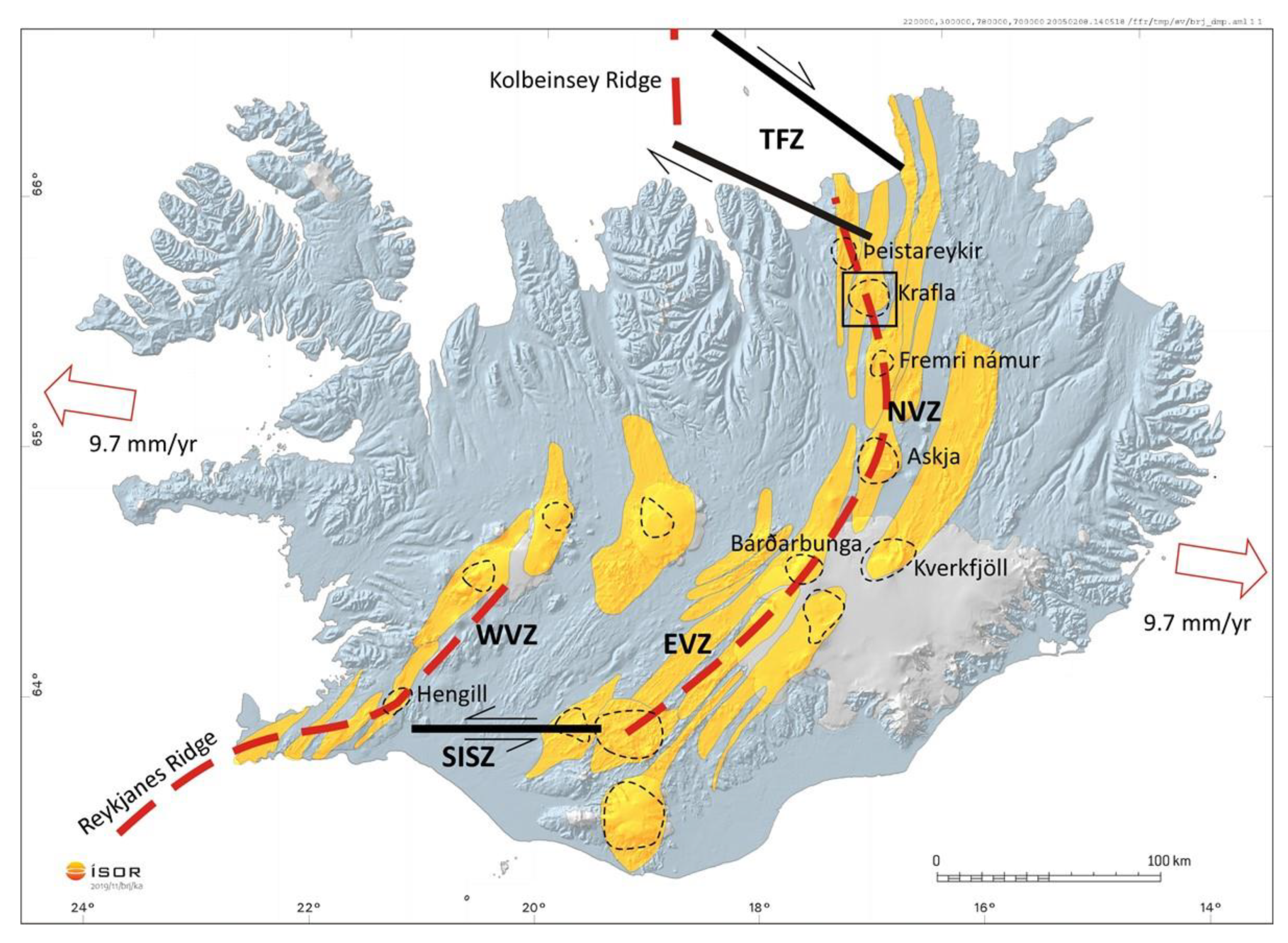Pinball1970
Valued Senior Member
This article gives a summary.
Iceland appears to be in a cycle which could be devastating for the region. Heat and housing has already been affected.
A human and science story here.
https://phys.org/news/2024-02-unprecedented-magma-river-surged-beneath.html
Iceland appears to be in a cycle which could be devastating for the region. Heat and housing has already been affected.
A human and science story here.
https://phys.org/news/2024-02-unprecedented-magma-river-surged-beneath.html


